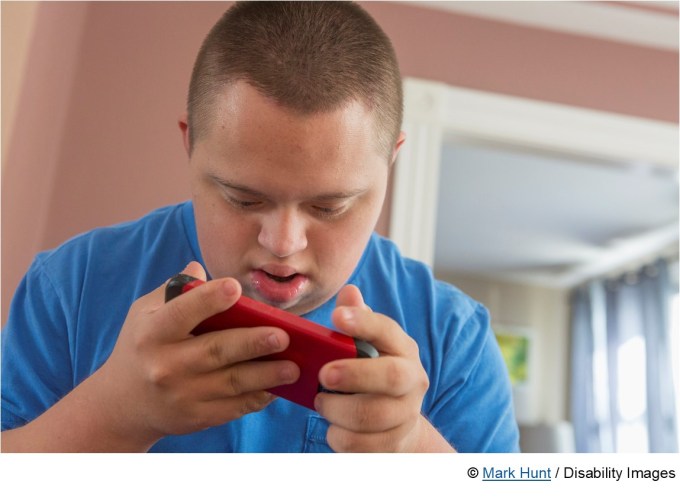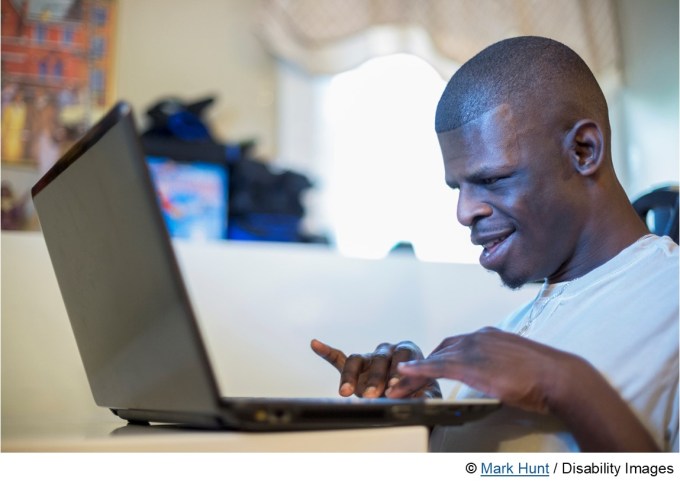Gaming to Learn How to Say No

In January 2020, right before the world shut down, ODP held the Everyday Lives Conference. David Hingsburger was one of the keynote speakers and I was excited to listen to him. I first heard him in 2006 at a hotel conference room in Monroeville that was standing room only. I was mesmerized and I bought every book he had for sale that day. I’ve read each book multiple times – always coming away with a different perspective.
I felt that way about listening to his talks as well. I may have heard a story five times, but I always learn something new, or hear it in a way that I haven’t understood before. That same thing happened that cold January day. Dave was speaking about “Target hardening,” which is educating people with Intellectual Developmental Disabilities or Autism to stop or prevent abuse. He made a comment “How can they say no to penises if we haven’t taught them to say no to peas?”
That sentiment struck me. About 30% of our work at the HCQU is on abuse prevention, healthy relationships, and boundaries. We are teaching those big concepts, those really hard, uncomfortable topics, but not reviewing or teaching those smaller details. Dave was right. People need to advocate for themselves in their day to day choices, so when they are placed in a much harder situation, they have practiced saying “no” in those smaller ones. Choice and self-determination statements need to easily roll off their tongues.
We started discussing at our staff meeting “How do we help the most people practice this, but make it fun too?” After many ideas, the Say No game was born. The players have a goal that they want to go out. They also have several tasks that need done before they leave. The direct care staff characters have some goals for them too. The person has to advocate for themselves to win the game. People can play the game as often as they like. Anyone can visit this link for a quick training on advocacy and to play the game: https://learning.hcqu.org.











